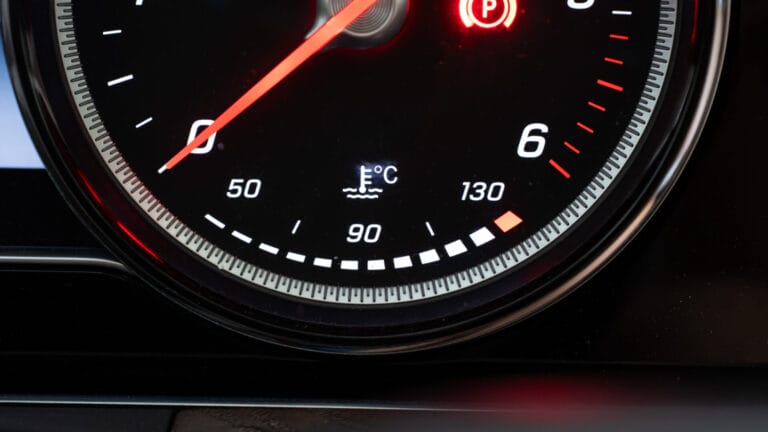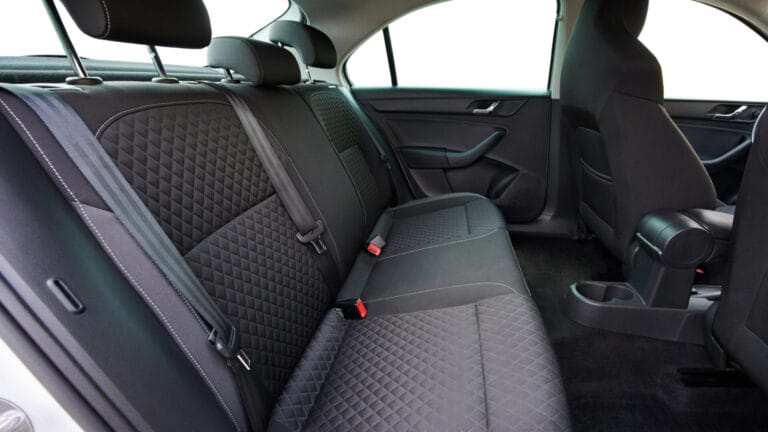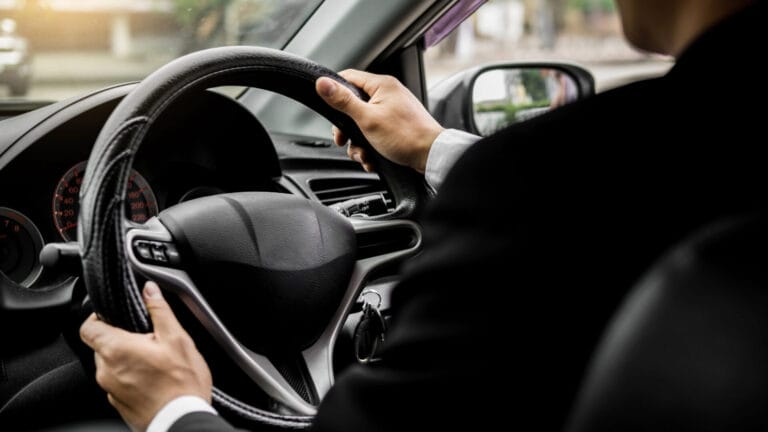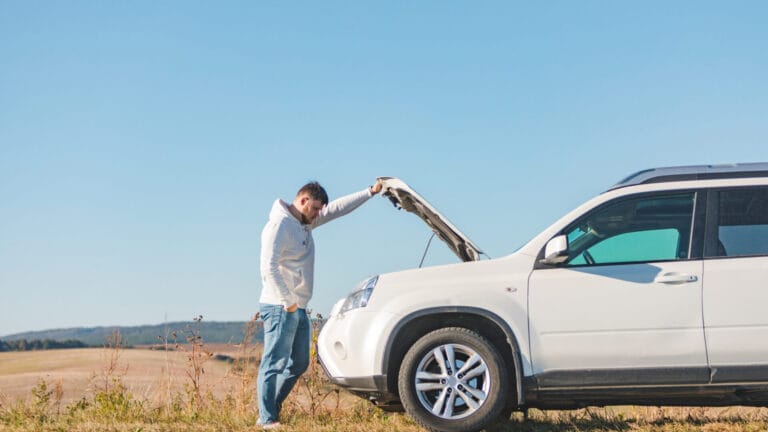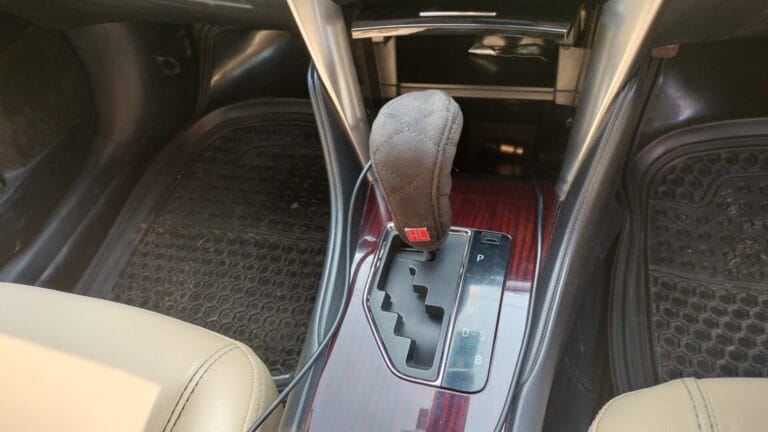One Piston Stuck in Dual Piston Caliper: Troubleshooting Guide
The dual-piston caliper plays a significant role in braking, giving you more confidence and more precise braking. However, if one of them gets stuck, the consequences aren’t great. One of them isn’t just enough to support your braking system.
So, why is one-piston stuck in your dual-piston caliper?
‘It can be due to contamination in brake fluid, brake fluid leakage, damaged seals, or insufficient lubrication. To fix it, you need to fix the problem that caused it in the first place. Then, take out the calipers, lubricate them, and align them properly.
Nevertheless, in-depth knowledge is certainly required to fix this issue yourself. Don’t worry, as we will cover it all here. Let’s get started.
One Piston Stuck in Dual Piston Caliper: Symptoms
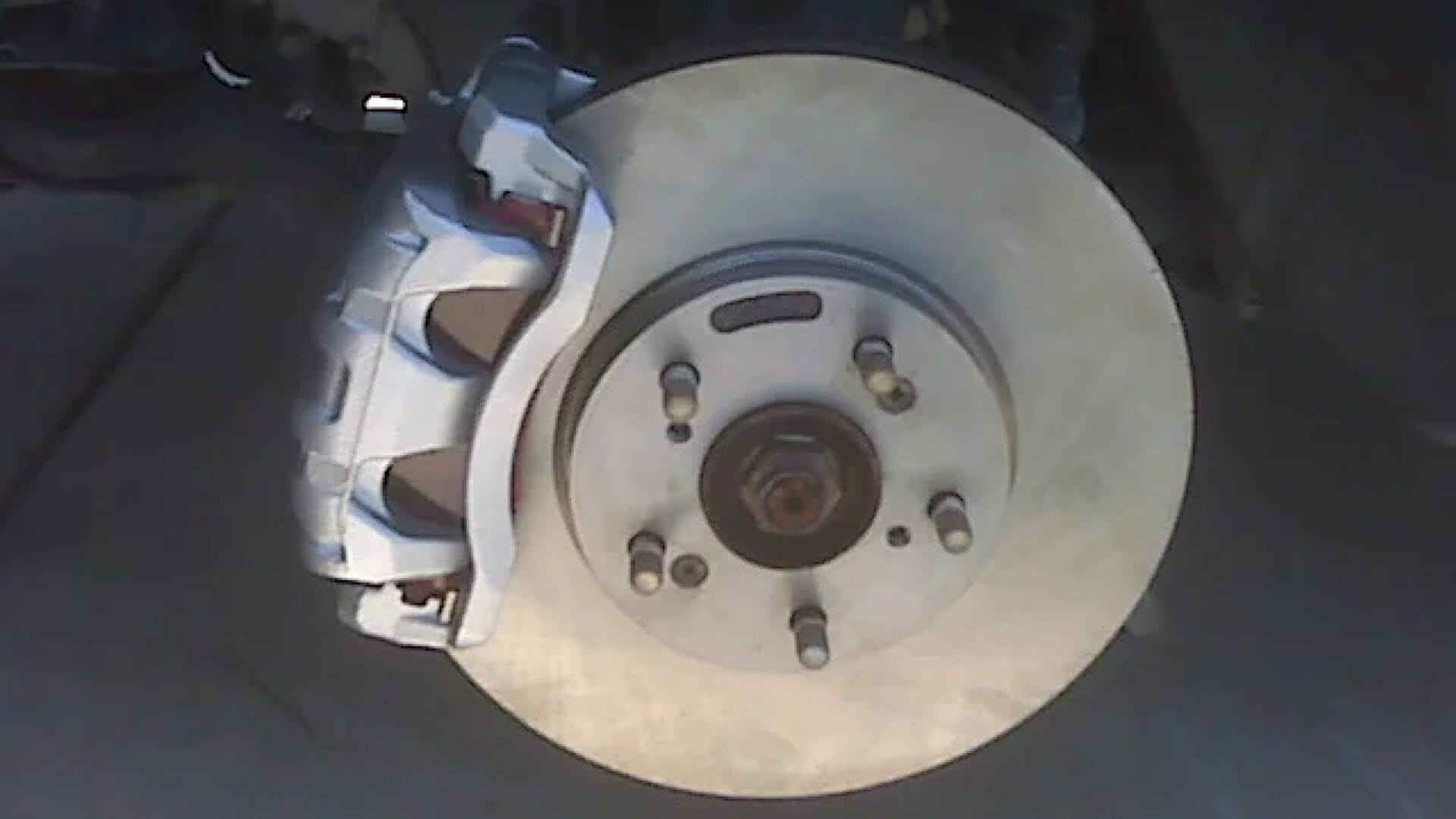
The symptoms are the first thing that you should look out for. As several other things can make you think that it’s a stuck piston, the symptoms can help you confirm it.
- Reduced Braking Efficiency
This one is quite self-explanatory. Reduced braking efficiency is one of the most obvious symptoms of a dual-piston caliper with one piston stuck. When one piston is not functioning properly, it cannot share the load with the other piston.
As a result, uneven braking force is seen.
- Squealing Noises
If you hear a squealing noise when you press the brake, it can be a sign of a stuck piston in your dual-piston caliper. Since one of the pistons is stuck, there is contact between the brake rotor and the caliper.
Both of them are made of iron, and since they get to interact due to a failing piston, they make these annoying noises.
- Uneven Brake Pad Wear

(SOURCE)
When one piston gets stuck, the braking force is only distributed to the stuck piston.
As the braking force is not evenly distributed between both pistons, the brake pads on the stuck piston will wear out faster. As a result, you will come across a worn-out, half-sided brake pad.
- Brake Light On
This is not a symptom that is a must for failing pistons. Since there are many reasons why a brake light turns on, you shouldn’t rely solely on this. However, a vehicle’s brake light will illuminate for a stuck piston.
- Spongy Brakes
When you press the brake pedal, you feel the brake pedal pushing against you.
However, with a stuck piston, the brake pedal may feel spongy or have a low brake pedal feel.
Causes For One Piston Stuck in Dual Piston Caliper
The first step is fixing the cause of the problem and then making the stuck piston free. Let’s check the causes of a stuck piston.
Debris Or Contamination In The Brake Fluid

(SOURCE)
The presence of foreign particles or debris within the brake fluid can also lead to a stuck piston. Contaminants such as dirt and dust in the brake fluid can find their way into the caliper and interfere with the smooth movement of the piston.
Nevertheless, you can confirm contaminants in the fluid just by checking the color. If the fluid appears dark or discolored, it is a sign of contamination. So just take out a little brake fluid and inspect it visually.
- Solutions
To get rid of this issue, you need to get rid of the contaminants in the brake fluid. Thus, flushing the brake fluid is the key here.
Brake Fluid Leakage
If there is a leak in the brake system, it can result in a loss of hydraulic pressure and cause one of the pistons to become stuck. When brake fluid leaks out of the system, air can enter and create air bubbles within the caliper bore.
These air bubbles compress under pressure, leading to an uneven force distribution between the pistons. As a result, one piston may not fully retract, causing it to remain stuck in the extended position.
- Solutions
To fix this issue, you need to find the leak in the brake system and seal it. Start by checking the common spots, such as the master cylinder, brake lines, and the brake fluid reservoir. Once you find it, simply seal it off with a sealant.
Worn or Damaged Seals

The pistons in a dual-piston caliper are sealed with rubber or elastomeric seals to prevent fluid leaks. Over time, these seals can degrade, become worn, or get damaged due to exposure to heat or contaminants.
So when the seals lose their effectiveness, they may allow debris or moisture to enter the caliper bore, leading to piston binding or sticking.
- Solutions
You can fix this issue by changing the seals that are located in the piston compartment. However, you need to confirm whether it’s a damaged piston or not.
To do that, remove the piston from the engine and examine the seals in the piston area. Look for signs of wear, tear, cracks, or any other visible damage to the seals. If it is damaged, then simply take it off and replace it with a new one.
Insufficient Lubrication
Insufficient lubrication of the caliper slides and piston surfaces can contribute to a stuck piston. Lubrication helps reduce friction and allows for smooth movement of the pistons within the caliper bore.
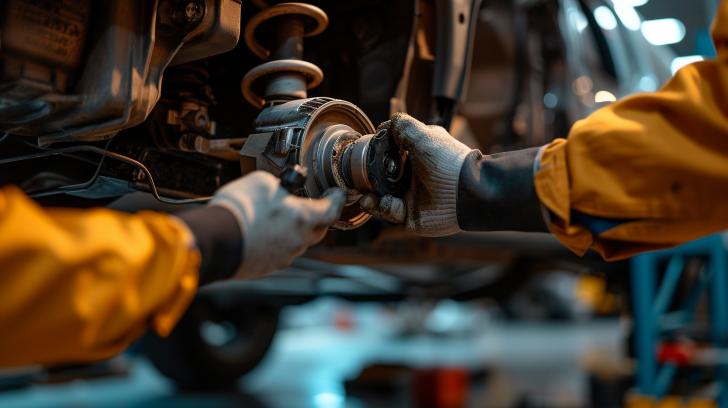
Therefore, if there is a lack of lubrication or an incorrect type of lubricant is used, it can increase friction. Thus hindering the free movement of the pistons and leaving you with a stuck piston.
- Solutions
The solution is to ensure the caliper slides and the piston surfaces are lubricated. You can do that by checking the caliper slides and the piston regularly. If it starts to dry out, then lubricants should be added.
On the other hand, using the wrong type of lubricant will not help the system run smoothly. So, refer to the manufacturer’s guideline book to find the right lubricant for your vehicle’s lubrication.
Step-by-Step Guide: Unjamming Dual Piston Caliper One Piston Stuck
Now that you have identified the reason behind the stuck caliper and fixed it, we can start to free up the stuck piston. Here’s the step-by-step guide that should help you do that:
- Step 1: Locate the brake caliper at the wheel of a vehicle.
- Step 2: Use a socket wrench to remove the bolts holding the caliper in place.
- Step 3: Inspect the pistons for any debris, rust, or corrosion.
- Step 4: Use a brush to clean the pistons thoroughly.
- Step 5: After cleaning the pistons, apply high-quality brake caliper grease or oil to the pistons and the piston rods.
- Step 6: Reassemble the caliper by placing the two halves together and aligning the piston rods with the caliper body.
- Step 7: Reattach the caliper to the brake assembly by reinstalling the bolts and tightening them securely.
FAQ
Let’s check out some commonly asked questions regarding stuck pistons.
How often should the pistons in a dual-piston caliper be inspected to avoid piston jam?
Regular inspection of the pistons in a dual-piston caliper is essential for maintaining optimal brake performance. So you can opt for it during the brake service intervals or whenever brake issues are suspected. Nevertheless, the recommended period is once a year, or every 12,000 to 15,000 miles.
How long does repairing a stuck piston in a dual-piston caliper take?
On average, it can take about 1 to 3 hours. The time depends on how fast you can find the reason behind the stuck piston and fix it. Later on, the unjamming process takes about 30-45 minutes.
Can a stuck piston cause ABS issues?
Yes, a stuck piston can negatively affect the ABS. If one wheel’s brake system is not functioning correctly due to a stuck piston, it may trigger an imbalance in braking forces. As a result, it affects the ABS’s ability to modulate brake pressure properly.
Closing Words
You shouldn’t neglect one piston stuck in your dual-piston caliper system. If it’s left unattended, then there will be several consequences that will stack up. The best thing to do here is to simply find the reason why it got stuck in the first place. Later on, apply their fixes to move on to the unjamming process.
The unjamming process is quite simple. You just need to access the caliper, take it out, clean it, and lubricate it. After aligning them properly, you have a dual-piston caliper system that is fully functional.

